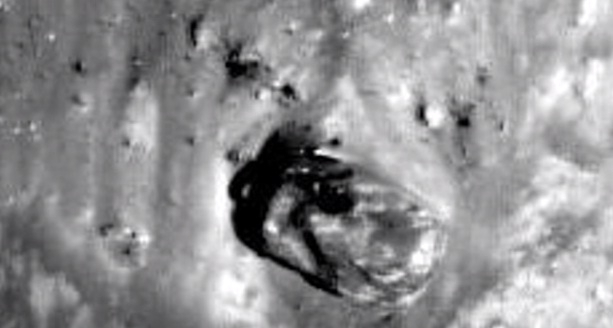
There is an abundant amount of oxygen present in the lunar regolith, the top layer of dirt and rubble on the surface of the Moon. Based on regolith samples from previous lunar missions, it is known that around 40 to 45 percent of the weight of regolith is oxygen and by far it is the most abundant component by weight.
According to European Space Agency, chemist Beth Lomax from the University of Glasgow in Scotland said: "This oxygen is an extremely valuable resource, but it is chemically bound in the material as oxides in the form of minerals or glass and is therefore unavailable for immediate use."
Lomax further explained that the research, which has been published in Planetary and Space Science, actually provides a "proof-of-concept" that it is possible to extract as well as utilize the oxygen from lunar regolith. Lomax explained: "The processing was performed using a method called molten salt electrolysis. This is the first example of direct powder-to-powder processing of solid lunar regolith simulant that can extract virtually all the oxygen."
He added: "Alternative methods of lunar oxygen extraction achieve significantly lower yields, or require the regolith to be melted with extreme temperatures of more than 1600°C." It took them around 50 hours to extract around 96 percent of the oxygen present in the regolith sample and interestingly, 75 percent of the oxygen was lifted in the first 15 hours.
It is noted that a third of the total oxygen from the sample was in off-gas, whereas, the rest was lost. However, there is still a vast improvement as compared to the yields of previous techniques. Moreover, the metal left behind is also usable. "This is the first successful demonstration of solid-state powder-to-powder regolith simulant processing that yields metal alloys as products," according to the researchers.
"Furthermore, the clear separation of various alloy phases and the apparent depletion of other metallic components introduces the exciting potential for metal/alloy separation and refining from unbeneficiated lunar regolith," researchers added.









